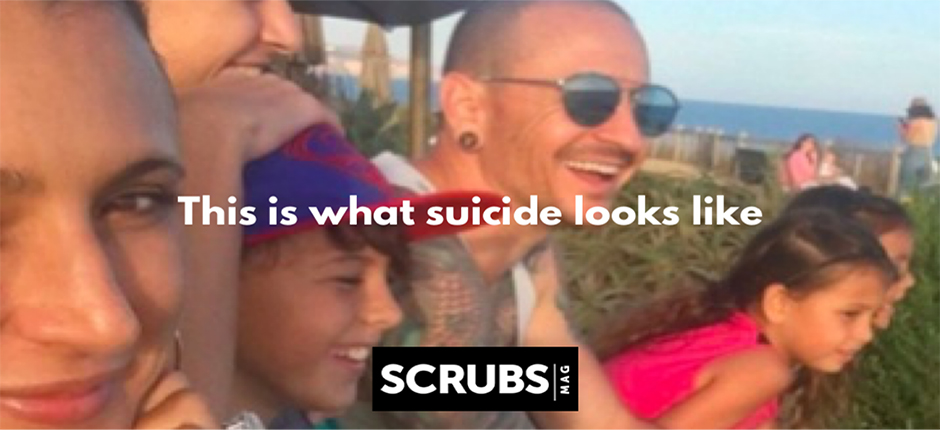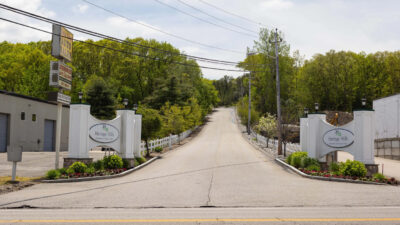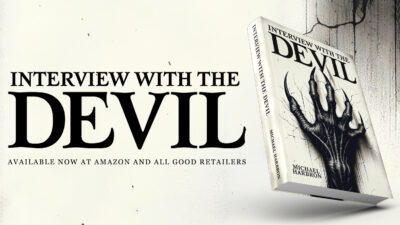The U.S. has seen a string of deadly mass shootings over the last few weeks, raising new concerns over the country’s gun laws, including the accessibility of semi-automatic weapons. Neither political party has the votes in Congress to pass federal gun legislation, leaving the U.S. at a standstill. The right to bear arms is protected by the 2nd Amendment, but many people believe this shouldn’t include high-capacity rifles that serve no purpose other than to kill as many people as possible.
The debate over gun control in the U.S. has become a cultural issue with the highest rate of gun ownership per capita than any other country on earth. Around 46% of the world’s civilian-owned guns are in the U.S., which makes up just 5% of the global population.
In both the Uvalde and Buffalo mass shootings, a lone gunman used a legally obtained semi-automatic weapon to open fire on innocent civilians. These kinds of incidents have occurred in other areas of the world, including Great Britain and Australia, but these countries quickly banned the sale of semi-automatic weapons in the aftermath. They now have a lower rate of gun-related violence compared to the U.S. History shows that banning certain types of weapons can help prevent mass shootings. Here’s the proof:
Canada
With its vast outdoor recreation, Canada has long had a strong culture of guns. But things changed in 1989 after a student used a semi-automatic rifle to kill fourteen of his classmates and injure over a dozen others at Montreal School of Engineering. The government quickly imposed new gun control measures to stop this kind of tragedy from happening again, including a strict 28-day waiting period for purchasing guns and a complete ban on large-capacity magazines. Individuals must also take a safety training course and pass a more detailed background check.
The country experienced its worst mass shooting on record in 2020 when a gunman killed 22 people. Prime Minister Justin Trudeau then passed a ban on all assault-style weapons. Anyone that currently owns these weapons must participate in the country’s buyback program or comply with a strict storage requirement.
Australia
Australia underwent a similar transformation in the mid-1990s. The country changed its gun laws after the Port Aurthur massacre of 1996, when a lone gunman killed 35 people and wounded two dozen others using a semi-automatic weapon. The government prohibited all automatic and semi-automatic rifles just two weeks later. It also set up a gun buyback program that destroyed some 650,000 rifles, around one sixth of the national stock. The law also required gun owners to demonstrate a “genuine need” for owning a weapon, such as working in a rural area or belonging to a club that competes in shooting competitions. Self-defense was no longer an acceptable reason.
There were 13 mass shootings in the decade leading up to the massacre at Port Arthur. There have been zero mass shootings in the 22 years since these laws went into effect.
Great Britain
Great Britain experienced a similar tragedy before changing its gun laws in the 1980s.
A lone gunman went on a six-hour shooting spree with two semi-automatic rifles in 1987, killing over a dozen people and then himself. In the weeks after, the country passed the Firearms (Amendment) Act, which banned certain semi-automatic rifles and increased registration and licensing requirements for gun owners.
The country was rocked by another mass shooting in 1996. In the Scottish town of Dunblane, a man with four handguns shot and killed 16 schoolchildren and one adult before committing suicide. This mobilized public support for a national ban on handguns with a few exceptions. The U.K. also set up a temporary buyback program that took tens of thousands of guns off the streets.
New Zealand
Tragedy struck New Zealand in 2019 when a man who was denied access to rapid-fire weapons in his own country took advantage of New Zealand’s lack of gun regulation. The gunman converted an entry-level rifle into a high-magazine rifle before opening fire on two Christchurch mosques, killing 51 people and injuring over 40 more.
Less than a month later, the country’s Parliament voted 119-1 to ban and buy back rapid-fire weapons and high-capacity magazines. Officials collected and destroyed a total of 57,716 firearms and 205,209 magazines in just five months.
The U.S. could follow in these countries’ footsteps by passing similar legislation. In the meantime, we will just have to wait for the logjam in Congress to subside.
















